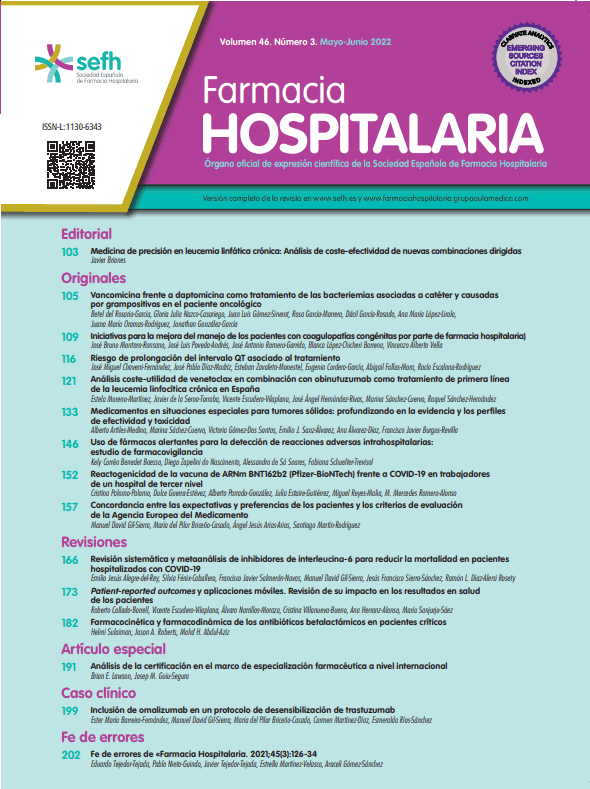Constipation is a functional gastrointestinal disorder with a prevalence of around 20% in the general population. Epidemiological studies show that its prevalence is higher in older people, and even higher (up to 50%) in elderly patients in nursing homes.1 Common concomitant conditions such as dementia, decreased mobility, and dehydration contribute to its increased incidence in the elderly.2
Constipation is a multifactorial problem in older people, involving several health and psychological issues. It can lead to serious medical complications3 such as faecal impaction, urinary retention, haemorrhoids, anal fissures, and faecal incontinence with a negative impact on health-related quality of life. Medication use is another clinical factor with a negative impact on bowel function in older people.
Although the first-line treatment for constipation should be non-pharmacological—dietary changes, the addition of fibre-rich foods, and increased water intake—pharmacological measures in the form of laxatives are often required. The European Society of Neurogastroenterology reached consensus regarding a high level of scientific evidence and a strong recommendation for treatment with osmotic saline laxatives, particularly polyethylene glycol.4 However, the Royal Decree Law 16/2012, of 20 April on urgent measures to ensure the sustainability of the Spanish Health System, removed funding for laxatives as they are indicated for the treatment of minor symptoms.5
In March 2022, we conducted a cross-sectional study to analyse the use of laxatives in the institutionalised population in the residences visited by our team and the cost of these drugs to users. We found that 56.9% of the 648 participants took laxatives daily, most of whom were women, dependent, with advanced dementia, and frail (Table 1). Overall, 97% of the aforementioned 56.9% were using osmotic laxatives, a finding that aligns well with clinical practice guidelines.
Use of laxatives in residents based on demographic and clinical data.
| Socio-demographic and clinical characteristics | Laxative use | Non-use of laxatives | p | OR (95% CI) |
|---|---|---|---|---|
| Number of residents, n (%) | 369 (56.9) | 279 (43.1) | ||
| Age (years), median (IQ) | 87 (11) | 86 (12) | .095 | – |
| Sex (female), n (%) | 287 (60.9) | 184 (39.1) | .001** | 1.81 (1.27–2.56) |
| Frail-VIG index, median (IQ), n=219 | 0.44 (0.12) | 0.40 (0.21) | .005** | – |
| Barthel index, median (IQ), n=645 | 32 (52) | 60 (59) | <.001** | – |
| Barthel index≤35, n (%) | 198 (67.6) | 95 (32.4) | <.001** | 2.21 (1.60–3.04) |
| Dementia, n (%) | 191 (61.2) | 121 (38.8) | .034* | 1.40 (1.02–1.91) |
| MEC-35, median (IQ), n=422 | 19 (12) | 22 (14) | .006** | – |
| SDG, median (IQ), n=594 | 5 (2) | 5 (3) | <.001** | |
| SDG≥6, n (%) | 153 (66.8) | 76 (33.2) | .001** | 1.77 (1.26–2.5) |
Abbreviations: IQ, interquartile range; VIG, comprehensive geriatric assessment; MEC, Lobo's mini cognitive test; GDS, global deterioration scale.
* p < .05, ** p ≤ .001.
On the other hand, in Spain, the co-payment made by users of subsidised medicines is regulated according to income, and even the maximum amount to be paid is set. However, for non-subsidised medicines, users pay 100% of the cost without any limit. In the analysis mentioned above, people taking laxatives paid an average of €12.38 per month with a maximum cost of €70.89. For people in the worst economic scenarios, the average of €12.38 represented 7.15% of the money available for their own expenses, rising to 40.7% for those paying €70.89 (calculated according to Social Policies of the Provincial Council of Gipuzkoa, Decreto Foral 15/2015, BOG N.°116). The cost of laxatives accounted for 86.51% of the amount paid for non-subsidised medicines, as 62.61% of the people who used such medicines only used laxatives.
We recommend that the public funding of these drugs should be re-evaluated, given their proven efficacy and safety in clinical trials, the age, and gender inequalities in laxative use, the impact of constipation on quality of life, and the high economic burden on people with more limited resources. It would be interesting for the Spanish Society of Hospital Pharmacy, together with other scientific societies, to express their opinion and take a stand on this issue. This action could potentially encourage the authorities responsible for funding medicines to reconsider and review this situation.
FundingNone declared.
Presentation at congressesPresented at the SEFH, Barcelona, 2022.
Responsibility and transfer of rightsAll authors accept the responsibility defined by the International Committee of Medical Journal Editors (available at: http://www.icmje.org/).
In the event of publication, the authors grant exclusive rights of reproduction, distribution, translation, and public communication (by any means or sound, audiovisual, or electronic support) of their work to Farmacia Hospitalaria and, by extension, to the SEFH. To this end, a letter of assignment of rights will be signed at the time of submission of the paper through the online manuscript management system.
CRediT authorship contribution statementIdoia Beobide Telleria: Methodology, Supervision, Validation, Writing – original draft. Alexander Ferro Uriguen: Conceptualization, Methodology, Supervision, Validation.








